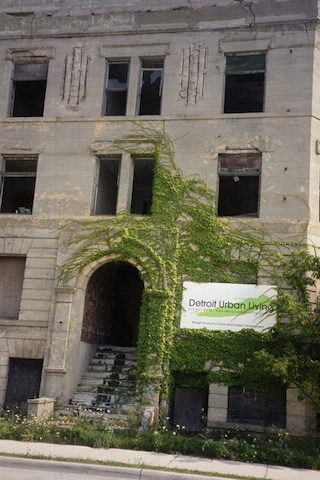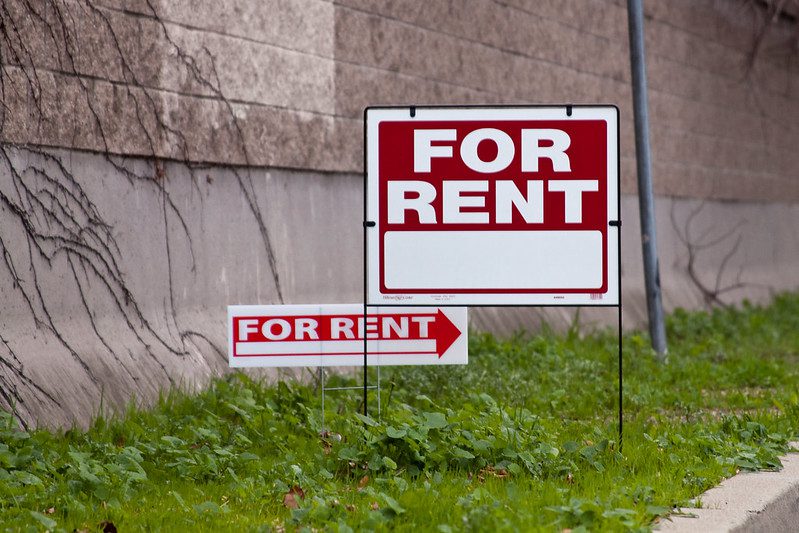Guernica, a self-described “magazine of art and politics,” has a fascinating essay by Wayne State University professor John Patrick Leary about the “ruin porn” being made in Detroit, and the backlash boosterism to it.
About the “Detroit Laments” being produced by outsiders seeking meaning in Detroit’s crumbing grandeur, Leary says:
“One often finds oneself asking of . . . all ruin photographs, first, ‘What happened?’ followed swiftly by, down to their lack of interest in the human inhabitants of the city. But it’s a bit more than that. These photos of uninhabited ruined spaces do little more than confirm what the most casual observer already knows about Detroit and cities like it.”
He explores the lack of context, history, and real people in how these ruins are usually presented, and argues that “Despite their differences, the common problem with many of the Lamenters and Utopians is that “What’s your point?” This comes partly from the awkwardness of the photographers’ aestheticism and postmodern detachment, which jars with the social violence of the history being depicted, and it’s partly both see Detroit as an exception to the contemporary United States, rather than as one of its exemplary places.”
The essay well written, and I encourage you to read the whole thing. But of course it makes me think og folks in the community development world who understand the real history of how it got that way and are slogging through the good fight of making hard decisions, envisioning a realistic and inclusive future, and acknowledging the policies coming from outside Detroit that affect its chances for success. Those folks are working with the populations Leary observes are left out of the “Detroit Laments,” the Detroiters who are still there (as opposed to just the mostly white “urban explorers” who just got there).
How could the community development corporations, and their associations, intermediaries, and funders, connect into the dramatic pull that Leary describes of Detroit on our collective imagination, that hungering for history that is not glossed over? After all, there are many large investments going into Detroit from places like Ford and Living Cities. Shifting the national conversation about Detroit would probably help leverage those investments.
So is there an opportunity there, a partnership with artists who are currently Leary’s “lamenters” or “utopians,” whereby our field could tap into that existing but problematic interest to tell a different story about what happened to Detroit and where it could be headed? Our story, I would imagine, would need to be more nuanced and complete, one that answers “why?” and is neither Utopian nor Nilihistic, one that is willing to talk about race and corruption and real people, even as it focuses on building an equitable future and the realistic steps for getting there.
Van Jones spoke at the Just City event at the Ford Foundation last week about the need to be deliberate about how we tell the story of America in an inclusive way—it seems like we could also stand create new narratives for Detroit and all of our older, suffering industrial cities. If we approach it right, makers of ruin porn may be unexpected allies.
—
In Shelterforce, see Where Do We Fit? CDCs and the Emerging Shrinking Cities Movement and Planning on Shrinking.
(Photo by Deborah Popper.)





Comments